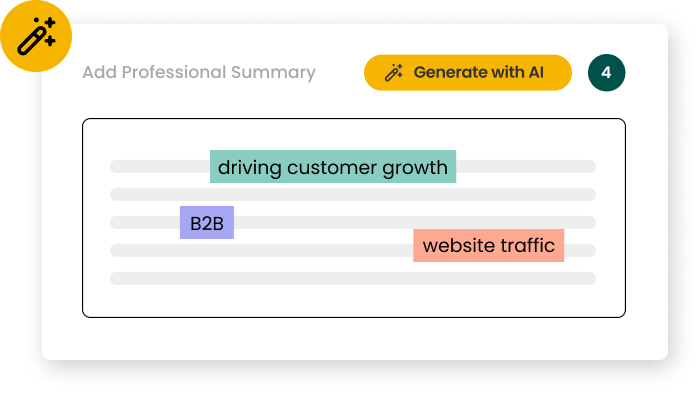How long should I make my Field Engineer resume?
For a Field Engineer resume in 2025, aim for a concise one-page document, or two pages maximum for those with extensive experience. This length allows you to highlight key skills and achievements without overwhelming recruiters. Focus on recent, relevant experiences and quantifiable results. Use bullet points and concise language to maximize space efficiency, ensuring every detail contributes to showcasing your expertise in field engineering.
A hybrid format works best for Field Engineers, combining chronological work history with a skills-based approach. This format effectively highlights both your technical expertise and career progression. Key sections should include a professional summary, technical skills, work experience, education, and certifications. Use a clean, professional layout with consistent formatting. Incorporate industry-specific keywords throughout, and consider using visual elements like charts or graphs to represent technical proficiencies.
What certifications should I include on my Field Engineer resume?
Essential certifications for Field Engineers in 2025 include CompTIA A+, Cisco Certified Network Associate (CCNA), and Project Management Professional (PMP). These certifications demonstrate your technical knowledge, networking expertise, and project management skills, which are crucial in the evolving field engineering landscape. List certifications in a dedicated section, including the certification name, issuing organization, and date of acquisition. If space allows, briefly mention how each certification has enhanced your professional capabilities.
What are the most common mistakes to avoid on a Field Engineer resume?
Common mistakes on Field Engineer resumes include overemphasizing outdated technologies, neglecting to highlight problem-solving skills, and failing to quantify achievements. Avoid these by focusing on current and emerging technologies, showcasing your ability to troubleshoot and innovate, and using metrics to demonstrate your impact. Additionally, ensure your resume is tailored to each specific job application, aligning your skills and experiences with the job requirements. Proofread meticulously to eliminate errors and maintain a professional image.

